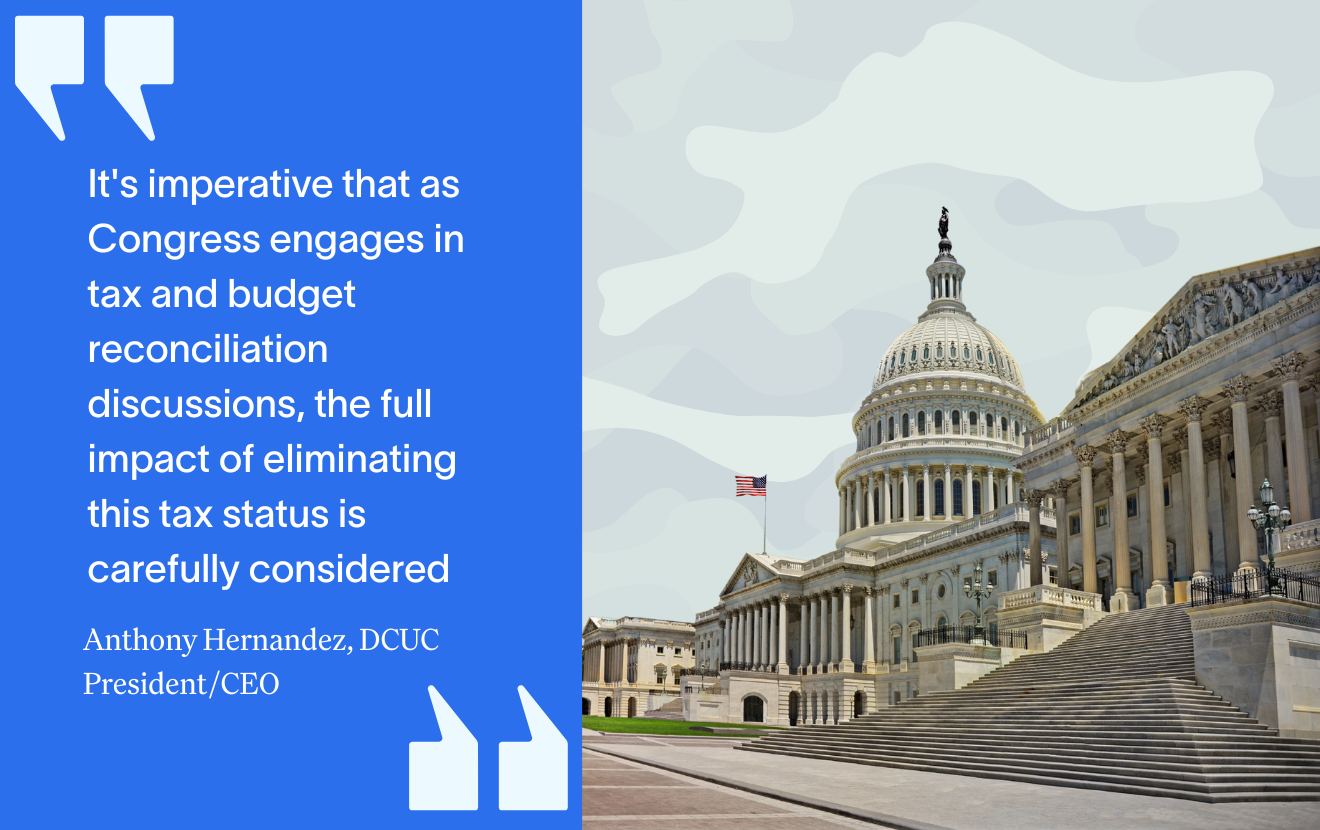Residential real estate lending is a core focus for many financial institutions and has recently peaked in origination volumes over the last five years. And like many industries over the years, it has seen its ups and downs. The future of residential lending and its effects on financial institutions is a bit unpredictable, but not unprecedented. Over the last five years, the industry has seen the lowest rates, arguably ever. This low-rate environment has driven record-breaking origination volumes in both the refinance and the purchase market. However, as rates are quickly ticking up, the refinance market is obviously slowing. To compound the concern, inflation, and possible signs of recession loom. So, what does this mean for balance sheet risk, future portfolio growth channels, and the staffing needed at lending institutions? These are areas of focus and concern for every lending institution CFO.
Fluctuation of the markets and the borrower’s mentality
In the mid-2000’s, we all witnessed the stock market and housing crash of 2008. Its origins stemmed from the unprecedented growth of the subprime mortgage market that began in 1999. This also corresponded with the strategic changes from government-sponsored enterprises (GSE) that attempted to make more home loans accessible to borrowers who had low credit scores and a higher risk of defaulting on loans. This resulted in massive amounts of foreclosures, lenders shuttering overnight and a deep decrease in the nationwide housing price index (HPI). Many lenders also attempted to profit from this by purchasing or inheriting large quantities of lender real estate owned (REO) properties for pennies on the dollar. This created a large market for servicing and retaining distressed assets. This historical timeline leaves many wondering if we will see this again with rates rising, inflation rising, and signs of recession at our doorstep.
Today, it is fair to say that refinancing to a lower rate is nearly impossible for most borrowers. One could argue that we are at risk of seeing a sharp decline in the purchase market. The stock market is in a period of flux. There is a large consensus that a recession is coming or has already arrived. We may even have a housing bubble soon. We are a nation of consumers and everything we buy is predicated on how we feel. Psychologically, when people feel things are bad or negative, their behavior changes. They try to spend less, save more, and enter a preservation mode per se. On the other hand, when things are good, the opposite takes place. If housing prices start to slide and consumer sentiment is negative, delinquency could rise. A shock to the market is possibly looming.
Inflation is seen in so many key areas basic to the human condition: housing, gas, food, electricity, and clothing. What most borrowers have not seen coming yet is the downstream, delayed impact of rising housing reassessments and the cost of building materials. The rise of these two key housing metrics will directly increase property taxes and homeowners insurance. This economic storm will leave consumers with less income and reduced cash flow. Measured month over month, borrowers are starting to have less disposable income. During COVID-19, borrowers couldn’t spend as much money. Now, they are overspending what they saved and will see a significant decrease in disposable income. Business owners who are forced to pay more money in salaries will soon realize they also have less money. Higher labor costs, combined with slower growth, inflation, and less bottom-line income has already led to layoffs in key industries, including mortgage. This leads to the next question - is a widespread mortgage delinquency looming? If so, what are the remedies? In the last downturn in 2008, loan modifications were step one. However, with a 30-year term at 3.5%, moving a borrower via a modification to a 40-year term at 6+% keeps the payment the same but does not remedy delinquency. So, what is step two? Forbearance? Forbearance prevents foreclosure in theory and many states have made it more difficult for a lender to foreclose. But remember one party, the lender/servicer, always has that payment expense. So, if forbearance is the only answer, the servicer will once again be able to advance, similar to the strategy we saw on a small-scale during the pandemic. But, the rising real estate taxes and insurance are still due. The cost of funds has risen in concert with liquidity narrowing. Forbearance may keep your borrower in their home and on your balance sheet, but at what cost? A clear focus on the assets on your balance sheet and the risk involved is paramount.
Fortunately, risk guidelines have been altered and risk reduction is already prevalent for qualification, from loan-to-value (LTV) to debt-to-income (DTI) to FICO updates. For new loans, this tightened underwriting will reduce the new risk. For loans already serviced on the balance sheet, risk monitoring and diligent loss mitigation measures are mandatory. This includes everything from earlier borrower communication/intervention when delinquency begins to proactively monitor the insurance and tax bills for escrow and non-escrow loans. Outsourced firms can assist in all these areas. Early payment reminders, call-outs in regards to tax delinquency, and insurance monitoring with possible lender placement are going to be key risk management tools. Protecting the most valuable asset on your balance sheet is worth every dollar spent. Looking to third-party experts in these areas can and will help reduce balance sheet risk.
Bottom Line
While the market is forever changing, there are ways your institution can keep changing with them. From updating technology to consistent employee training, here are a few ways to stay flexible in today’s (and tomorrow’s) market:
- Keep your lending strategy conservative and current with the Office of the Comptroller of the Currency (OCC) updates and the GSE’s.
- Hire, train, and re-train employees that can effectively evaluate and manage risks from both early intervention measures to capital market risk.
- Conduct internal audits, risk reviews and valuations regularly for the board to analyze.
- Make your processes as digital-friendly as possible so every key stakeholder can have an easy optic of current risk.
- Consider experts in loss mitigation to help supplement. Third-parties were once just an efficiency tactic, but are now a very strong loss mitigation tactic.
Recessions, inflation, and economic downturns will always exist. Taking notes from the past and actively controlling new potential risks now and moving forward will help reduce future financial burdens on your organization.








